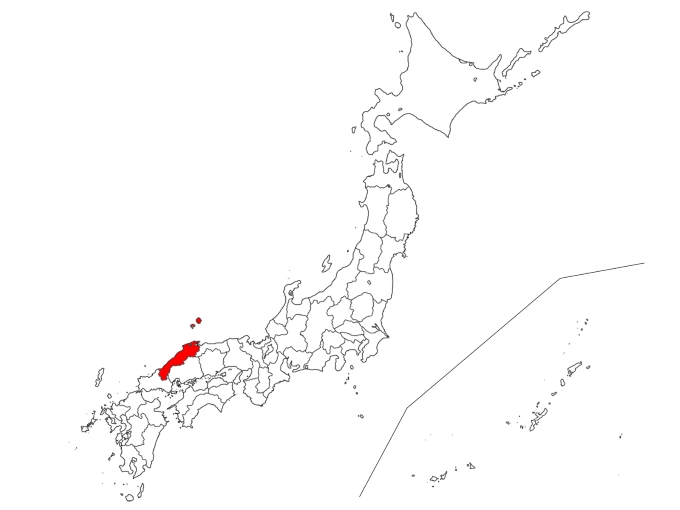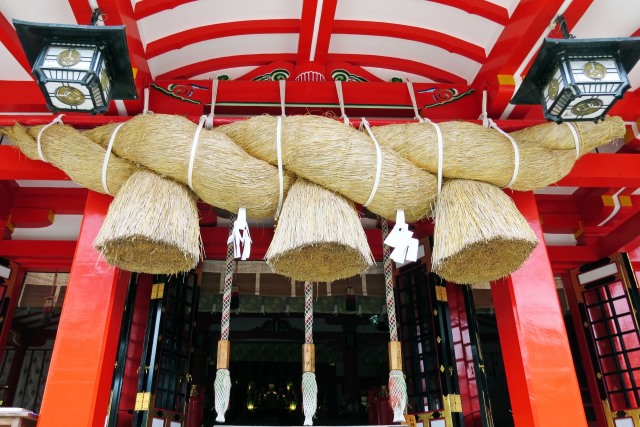Contents
1.Basic Information
Shimane Prefecture, facing the Sea of Japan, is a tourist destination blessed with history and nature, featuring the famous Izumo Taisha shrine known for matchmaking, the World Heritage site Iwami Ginzan, and the fantastical views of the setting sun reflecting on Shinji Lake.
Izumo Taisha (Izumotaisha)
Izumo Taisha enshrines Okuninushi-no-Kami and is known as the deity of matchmaking, attracting approximately 2 million visitors annually. The shrine’s giant shimenawa rope is the largest in Japan, measuring 13.6 meters in length and weighing 5.2 tons. Every year from the 11th to the 17th day of the tenth month of the lunar calendar, gods from across Japan gather at Izumo Taisha for a meeting to determine people’s connections, attracting many visitors.
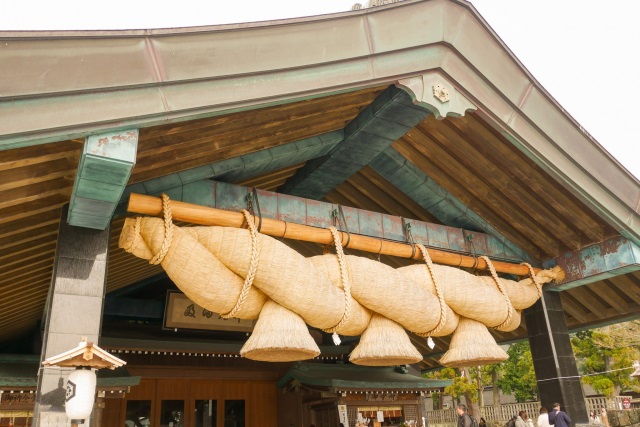
Iwami Ginzan (Iwamiginzan)
Iwami Ginzan, a historic silver mine in Japan, consists of three areas: the Omori Area with Edo-period magistrate offices and samurai residences, the Ginzan Area as the center for silver mining and production, and the Onsen Area, once a bustling port for silver shipments. In 2007, it became the first mining site in Asia to be registered as a World Heritage site. Visitors can explore old mining tunnels and streets flourishing from the silver trade, along with shops, bakeries, and stylish cafes, immersing themselves in the charm of Iwami Ginzan.
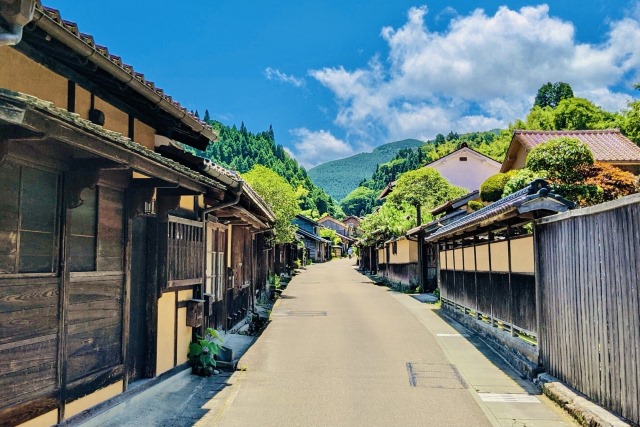
Taikodani Inari Shrine (Taikodaniinarijinjya) in Tsuwano
Founded in 1773 by the 7th lord of the Tsuwano domain, Kamei clan, Taikodani Inari Shrine is known for its 300-meter path lined with about 1,000 red torii gates. It’s one of Japan’s five major Inari shrines, alongside Takekoma Inari in Tohoku, Kasama Inari in Kanto, Fushimi Inari in Kinki, and Yutoku Inari in Kyushu. It’s the second most visited shrine in Shimane after Izumo Taisha.
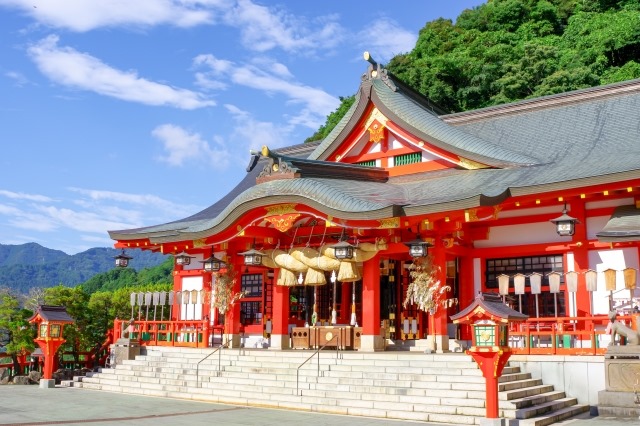
Matsue Castle (Matuejyo)
Built in 1607 by the Horio clan, Matsue Castle sits atop Kameda hill. Its exterior looks like a four-story building, but inside it has five floors and a basement, standing about 30 meters tall. It’s one of the tallest existing castle towers in Japan, second in size only to Himeji Castle. The castle offers panoramic views of Matsue city and Shinji Lake, with beautiful seasonal scenery including cherry blossoms in spring, greenery in summer, autumn leaves, and winter snowscapes.
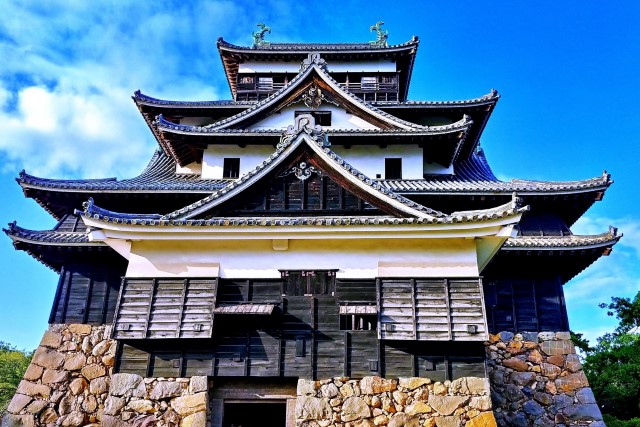
2.Reviews
Shinji Lake (Shinjiko)
Shinji Lake in Matsue city is particularly known for its breathtaking sunset views, reflecting on the lake surface. The lake offers water activities like yachting and canoeing, and in winter, bird watching. Being a brackish lake, it’s rich in seafood, especially the Yamato Shijimi clams, which are a recommended souvenir.
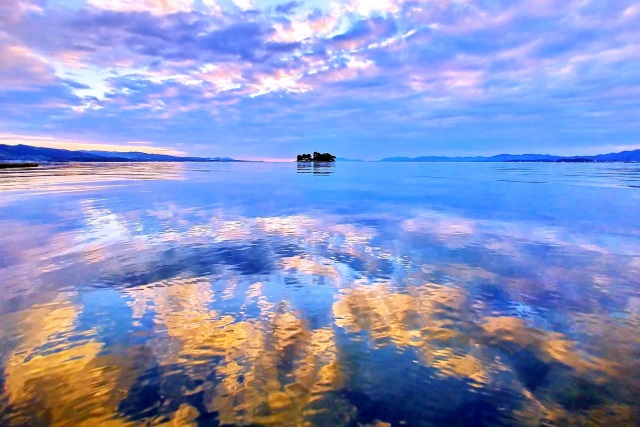
Candle Island in the Oki Islands (Okisyotou)
The Oki Islands, located about 80 km north of the Shimane Peninsula in the Sea of Japan, comprise four inhabited islands and about 180 uninhabited islands. One of the most famous attractions is Candle Island, celebrated for its beautiful scenery, especially when the setting sun lights up the island, creating a moment of natural elegance. However, note that this breathtaking view depends on the season, sea conditions, and weather.
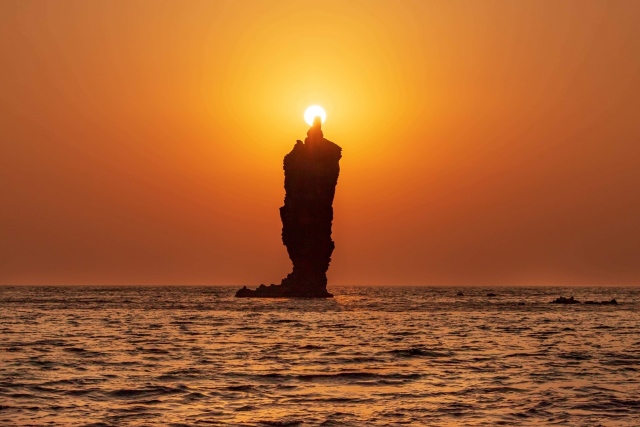
3.Local Food



4.Transportation Information
■ How to Get to Shimane
Shimane Prefecture Tourism Federation Official Site (available in English, Korean, Simplified Chinese, Traditional Chinese, French, and Thai)
https://www.kankou-shimane.com/access
5.Map Information
